Table of Contents
- Why More People Are Choosing Resistance Bands
- How Resistance Bands Work: The Science of Tension
- What Science Says About Bands and Muscle Growth
- The Key Factors for Muscle Growth
- Resistance Bands vs. Traditional Weights: A Comparison
- Sample Resistance Band Training Program (Full Body)
- Form Matters: Maximize Gains, Minimize Risk
- Why Bands Are Especially Great for Certain Populations
- Conclusion
In recent years, resistance bands have gone from being an underappreciated tool in the fitness world to one of the most popular choices for home workouts, travel-friendly training, and even professional rehabilitation. Their popularity has soared not just because of convenience and affordability—but also because people are beginning to ask: Can resistance bands actually build muscle effectively?
Let's explore the science, advantages, and practical strategies behind using resistance bands for muscle growth.
Why More People Are Choosing Resistance Bands
Traditional gym equipment has its strengths, but it's not always accessible or practical for everyone. Gym memberships can be expensive, free weights are heavy and take up space, and some people simply don't have the time or environment to commit to regular gym sessions.
Enter resistance bands.
These elastic tools are lightweight, portable, and extremely versatile. You can use them virtually anywhere—your living room, a park, or a hotel room. More importantly, they offer a form of resistance that challenges your muscles in ways that free weights or machines don't always replicate.
But are they just a convenient substitute? Or can they genuinely stimulate muscle growth?
How Resistance Bands Work: The Science of Tension
The key to understanding the effectiveness of resistance bands lies in the principle of mechanical tension.
While traditional weightlifting relies on gravity to provide resistance (lifting a dumbbell upward, for example), resistance bands work through elastic tension. The further you stretch the band, the more resistance it offers. This means that the resistance increases as you move through the range of motion—something known as variable resistance.
This type of resistance provides a unique challenge to the muscles, particularly during the eccentric phase (when muscles lengthen under load), which is critical for muscle hypertrophy. Moreover, bands can be anchored in different directions and angles, allowing you to challenge stabilizer muscles that may not get as much attention during traditional weight training.
What Science Says About Bands and Muscle Growth
Several studies have examined the efficacy of resistance bands compared to free weights or machines. The consensus is promising:
- A 2019 study published in the Journal of Human Kinetics concluded that resistance band training and traditional weight training produced comparable gains in strength and muscle thickness in untrained individuals.
- A systematic review in SAGE Open Medicine (2021) found that elastic resistance training provides similar improvements in muscular strength and endurance as traditional resistance training.
These findings suggest that when used properly, resistance bands are more than capable of stimulating muscle growth.
But what does "used properly" mean?
The Key Factors for Muscle Growth
To understand how resistance bands can help you build muscle, we need to revisit the core drivers of hypertrophy:
- Mechanical Tension – Resistance bands offer this through progressive overload by increasing band resistance or reps.
- Muscle Damage – Controlled movements using bands can induce micro-tears in muscle fibers, particularly when emphasizing the eccentric phase.
- Metabolic Stress – Bands are great for high-rep sets and short rest intervals, creating the "muscle pump" that triggers hormonal responses.
- Progressive Overload – Just like weights, band workouts must get harder over time to continue producing gains.
By manipulating volume (sets and reps), intensity (resistance level), and rest time, you can design a band-based program that targets all of these muscle-building mechanisms.
Resistance Bands vs. Traditional Weights: A Comparison
| Category | Resistance Bands | Free Weights |
|---|---|---|
| Portability | Extremely portable | Not portable |
| Cost | Affordable | Expensive |
| Resistance Type | Variable (increases with stretch) | Constant (gravity-based) |
| Muscle Activation | Engages stabilizer muscles more | May isolate primary movers more |
| Joint Impact | Low-impact and joint-friendly | Higher joint stress if form breaks down |
| Progressive Overload | Via thicker bands or more reps | Via heavier weights |
| Best For | Beginners, home workouts, rehab, travel | Intermediate-advanced lifters, bodybuilding |
While free weights remain the gold standard for certain lifting disciplines like powerlifting or bodybuilding, resistance bands excel in their versatility, joint safety, and functional training potential. They're not just a "plan B"—they're a legitimate tool in any strength program.
Sample Resistance Band Training Program (Full Body)
Here's a sample program designed for muscle growth using only resistance bands. Perform 3–4 rounds of each circuit with 30–60 seconds rest between sets.
Day 1 – Upper Body Push (Chest, Shoulders, Triceps)
- Band Chest Press – 3 sets of 10–12
- Overhead Shoulder Press – 3 sets of 10–12
- Front Raise – 3 sets of 12–15
- Triceps Kickback – 3 sets of 12–15
Day 2 – Upper Body Pull (Back, Biceps)
- Band Rows – 3 sets of 10–12
- Lat Pulldown (anchored overhead) – 3 sets of 10
- Face Pulls – 3 sets of 12–15
- Bicep Curl – 3 sets of 10–12
Day 3 – Lower Body & Core
- Squats with Band Around Thighs – 3 sets of 12–15
- Romanian Deadlifts – 3 sets of 10–12
- Glute Bridge with Band – 3 sets of 12–15
- Band Side Plank Hold – 3 x 30 sec each side
- Bicycle Crunch with Band – 3 sets of 15–20
Tip: Increase difficulty over time by using heavier resistance bands or increasing volume.
Form Matters: Maximize Gains, Minimize Risk
Using resistance bands may seem straightforward, but good form is just as important as when lifting weights. Here are a few best practices:
- Control the eccentric (lowering) phase to maximize muscle tension.
- Don't let the band snap back—keep it under control throughout.
- Anchor bands securely to avoid injuries.
- Maintain posture and alignment, especially during shoulder and back movements.
Why Bands Are Especially Great for Certain Populations
Resistance bands shine in several unique scenarios:
- Beginners: They allow you to learn movements with low injury risk.
- Seniors: Their joint-friendly nature and lighter resistance are perfect for maintaining muscle mass.
- Rehab: Often prescribed by physical therapists due to their low-impact tension.
- Busy Professionals or Travelers: A complete gym that fits in your backpack.
- Athletes: Great for mobility work, warm-ups, and explosive power drills.
Bands also excel in functional strength—improving balance, core stability, and movement control—rather than just isolating single muscle groups.
Conclusion: Are Resistance Bands Effective for Building Muscle? Absolutely.
If you're still wondering whether resistance bands can help you build real, functional muscle—the answer is a resounding yes. They may not give you the max-effort deadlift of a barbell, but they can absolutely stimulate hypertrophy when used consistently and progressively.
From beginners to advanced athletes, from home gyms to hotel rooms, resistance bands offer an accessible, adaptable, and scientifically-backed way to grow stronger.
So why wait?
Whether you're just getting started or looking for a powerful addition to your training toolbox, resistance bands might just be the most underrated tool for building muscle.

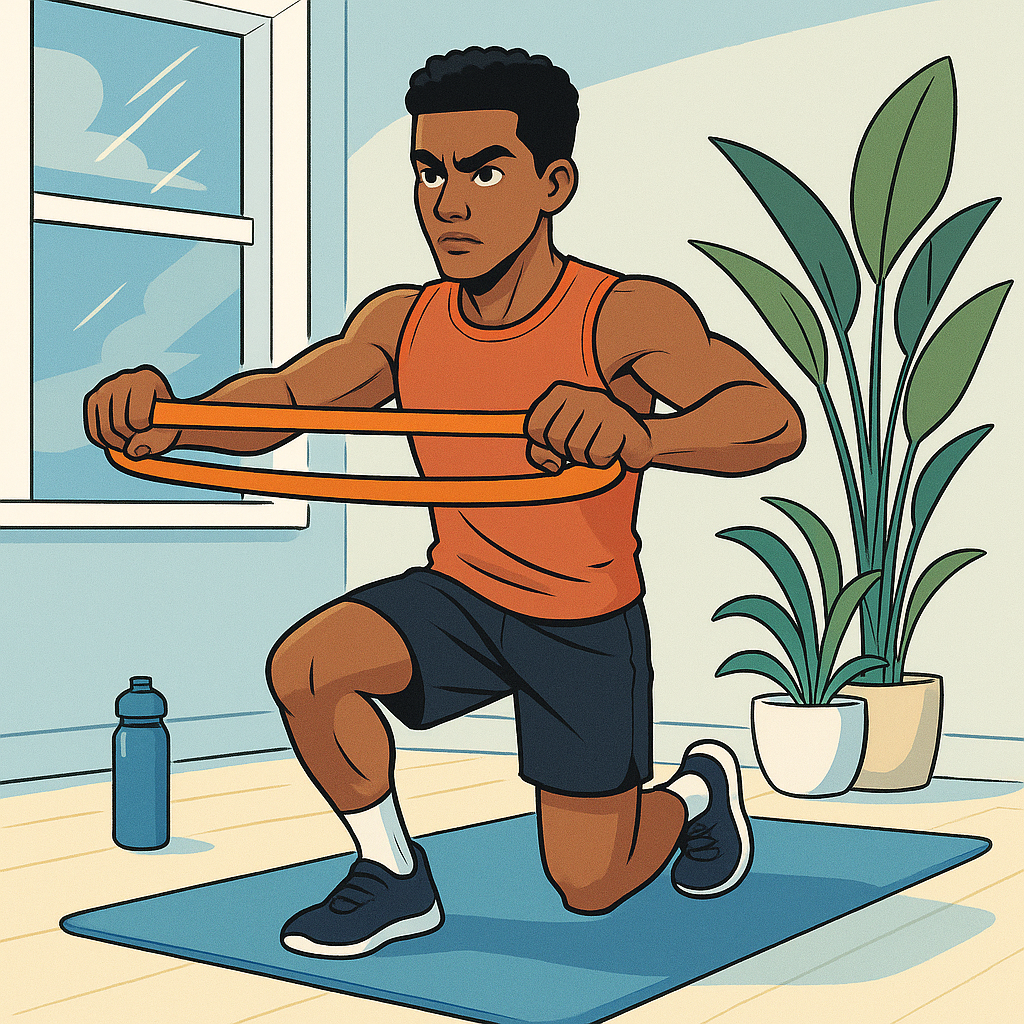

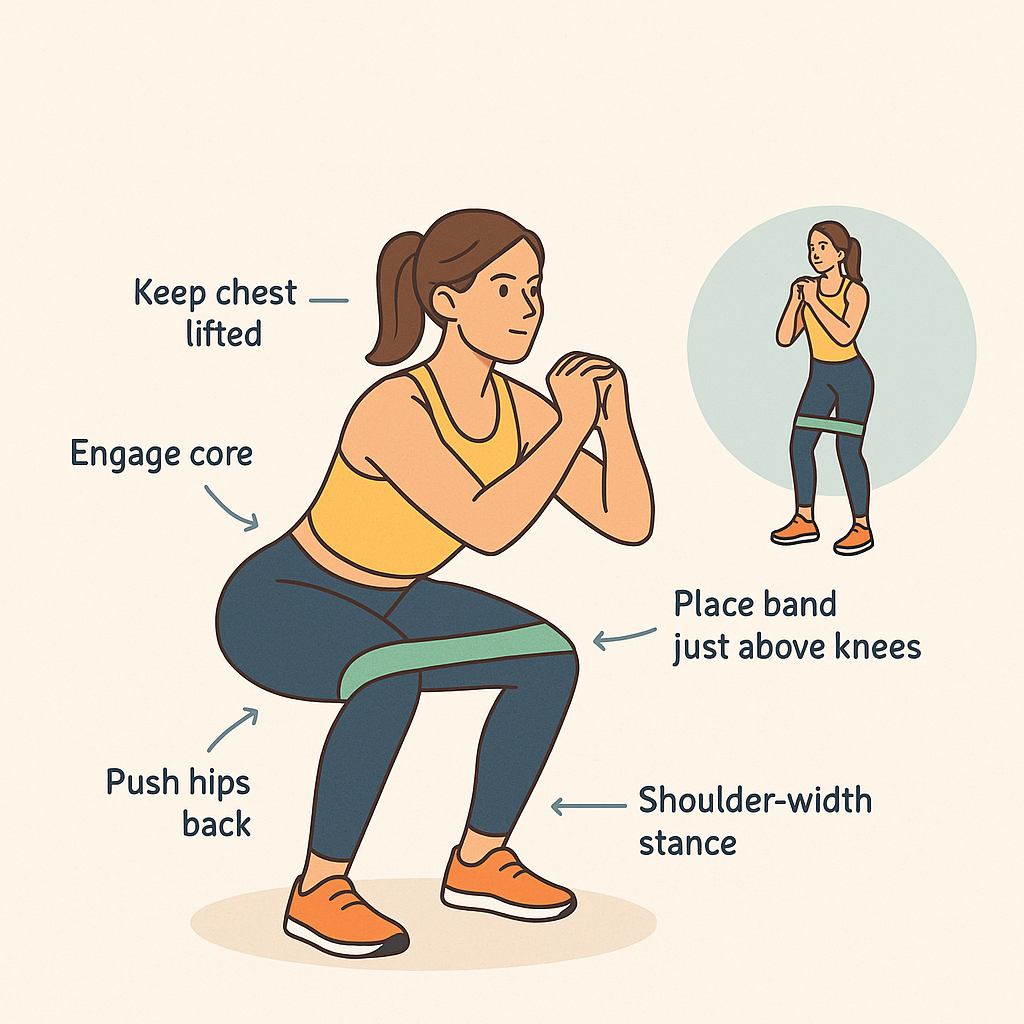


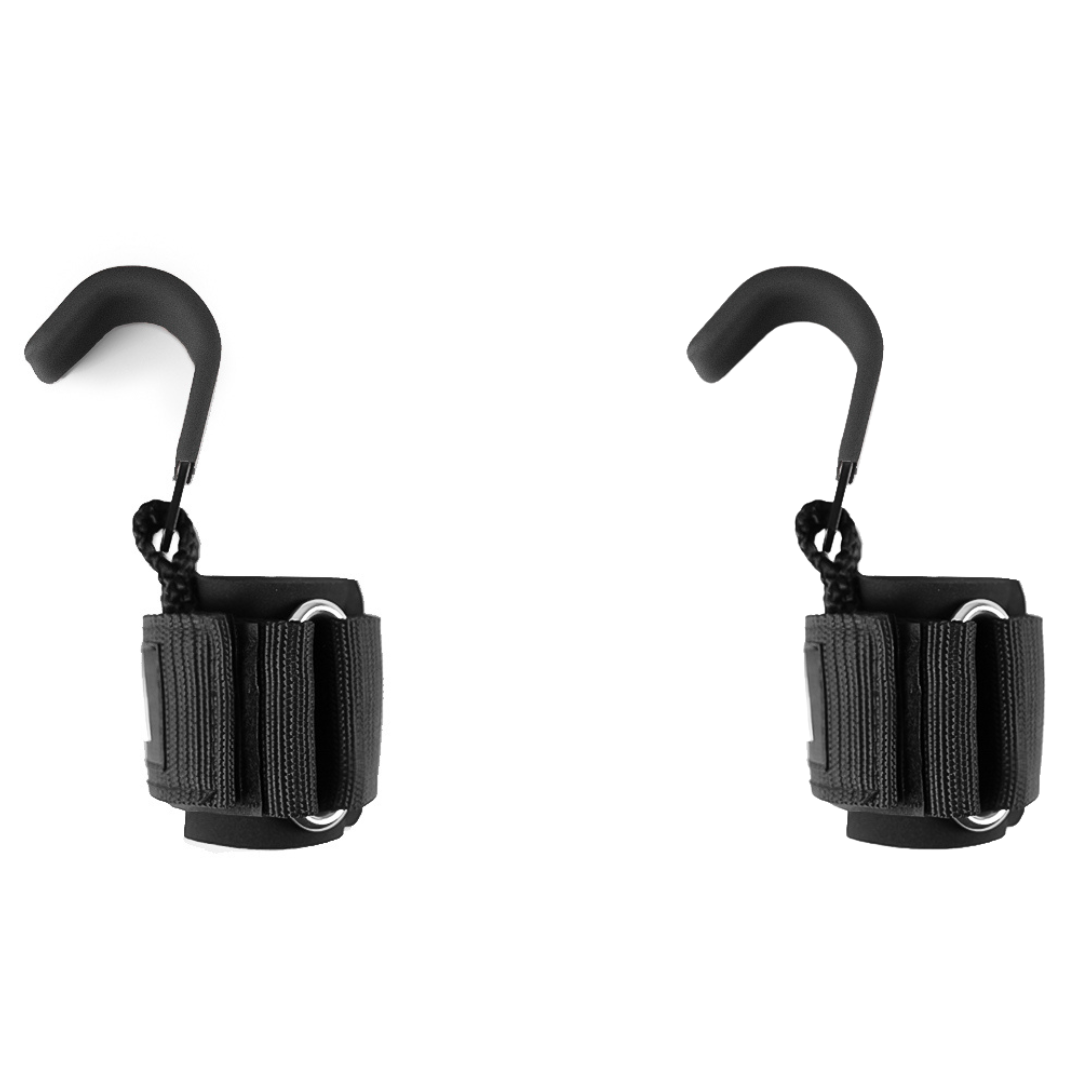

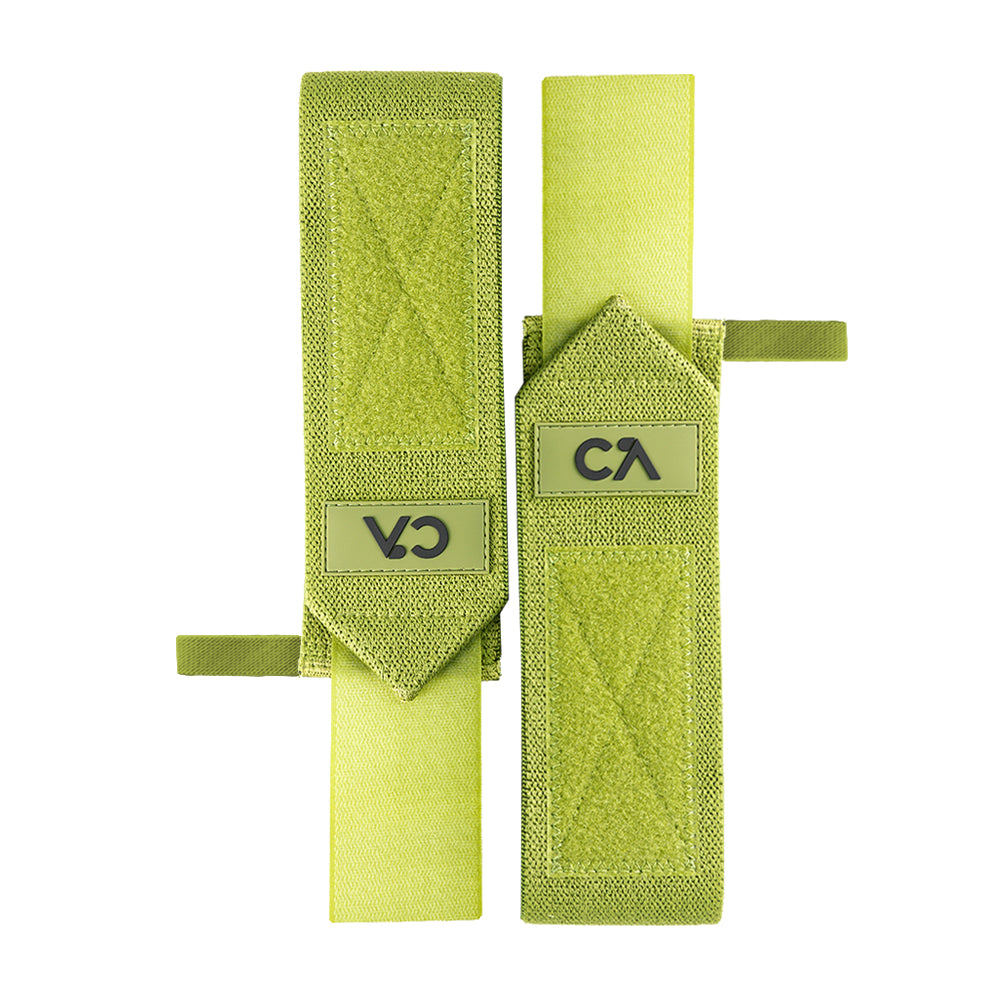
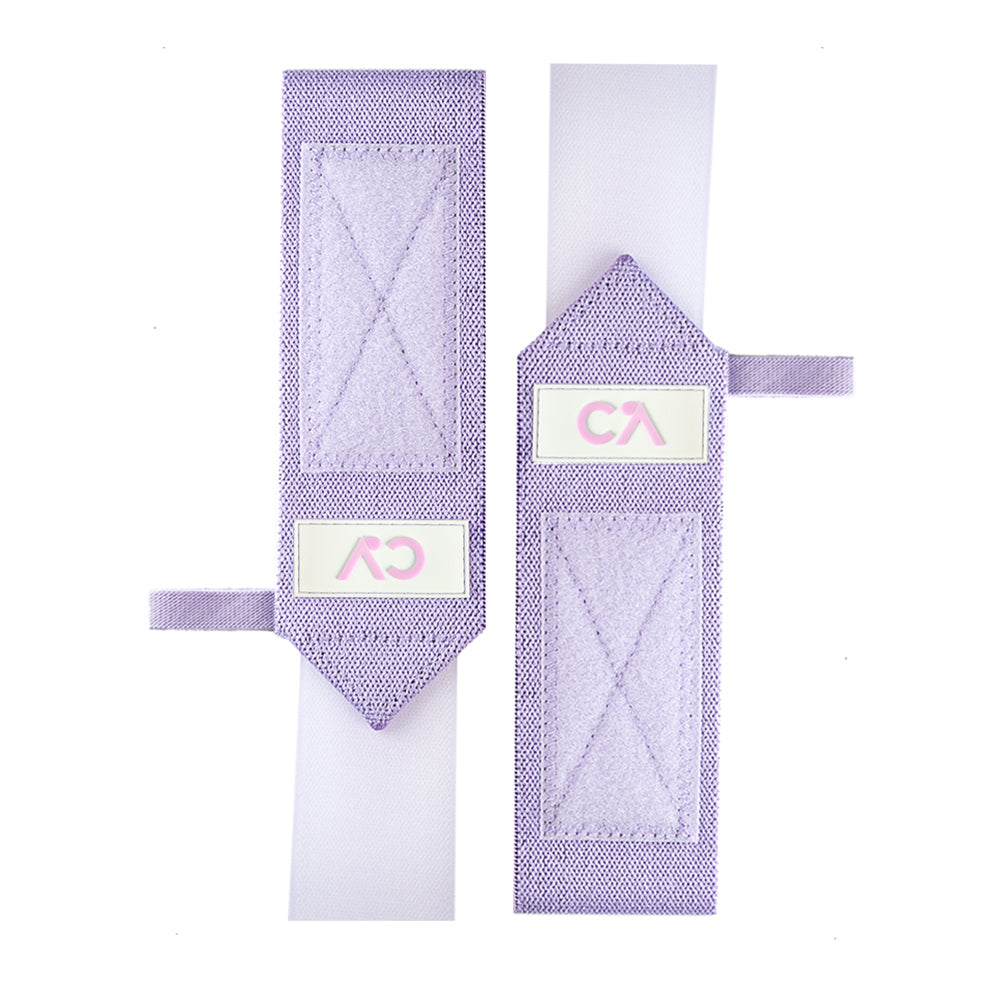
Leave a comment
All comments are moderated before being published.
This site is protected by hCaptcha and the hCaptcha Privacy Policy and Terms of Service apply.